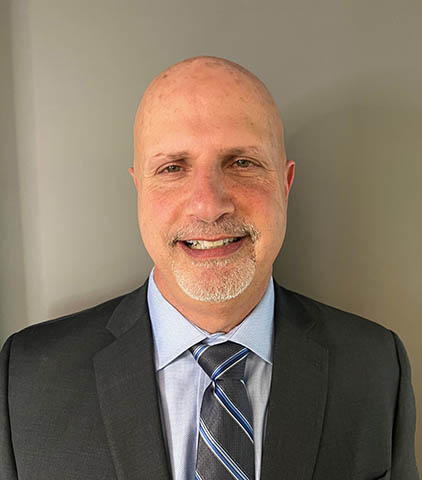Discover what it feels like to truly live well.
Weiss Chiropractic
Begin your path to wellness. Make an appointment today.
Welcome to Weiss Chiropractic
We believe that chiropractic care is the cornerstone of any comprehensive and holistic health program. When your body works the way nature intended, your spirit soars–and so do you.
At Weiss Chiropractic, we offer diverse services like spinal treatments, physical therapies, wellness guidance, and more. Each is designed to promote balance, ensure long-term health, and enhance your vitality, embodying our holistic approach.

Chiropractic
Ensuring optimal body alignment through precise chiropractic adjustments and therapies.
Wellness
Enhancing health and well-being using various therapeutic modalities and natural aids.
Nutrition
Navigating the path to healthier living with our professional dietary and lifestyle counseling.
Meet the Doctors

Dr. Larry Weiss
Dr. Larry Weiss is a distinguished board-certified chiropractor with more than 30 years of experience. With a Master's Degree in the Instruction of Anatomy and Physiology, he applies his vast knowledge in treating people of all ages, from newborns to those in their 90s.

Dr. Maxwell Weiss
Dr. Maxwell Weiss, a Summa Cum Laude graduate from Life University, specializes in treating various neck and back conditions. He combines advanced chiropractic techniques and therapies to provide personalized care plans for patients of all ages.
– Tom M, MI
Unveiling the Plymouth Clinic: Our Newest Addition!
We’ve poured our hearts into making this a comfortable, welcoming space for all our patients. From our modern treatment rooms to cozy waiting areas, we can’t wait for you to see what we’ve set up. It’s everything you love about Weiss Chiropractic, just in a fresh new location!
Get a sneak peek of our brand-new Plymouth Clinic with our special video tour. And afterwards, be sure to see it in person by scheduling your appointment!
Our Services
01.
Chiropractic Care
This includes manipulation, manual traction, mechanical traction, and spinal decompression. These are chiropractic-specific services focused on realignment and relief of spinal pressure.
02.
Physical Therapies
03.
Wellness Guidance
This incorporates nutrition and weight loss counseling, promoting optimal health through tailored dietary and lifestyle recommendations.
04.
Alternative Therapies
Our alternative therapies involve the use of oils, and other natural therapies for pain management and wellness enhancement.
Now affiliated with Disc Centers of America!
Weiss Chiropractic is excited to announce our membership with Disc Centers of America, one of the nation’s most trusted networks specializing in non-surgical disc condition treatments.
This partnership elevates our capacity to deliver premier, patient-centric chiropractic care. Experience the enhanced benefits of our alliance with DCOA as we continue our mission to provide exceptional health and wellness services.
Latest Articles From Our Blog
No Posts Found! Sorry, but nothing matched your selection. Please try again with some different keywords.